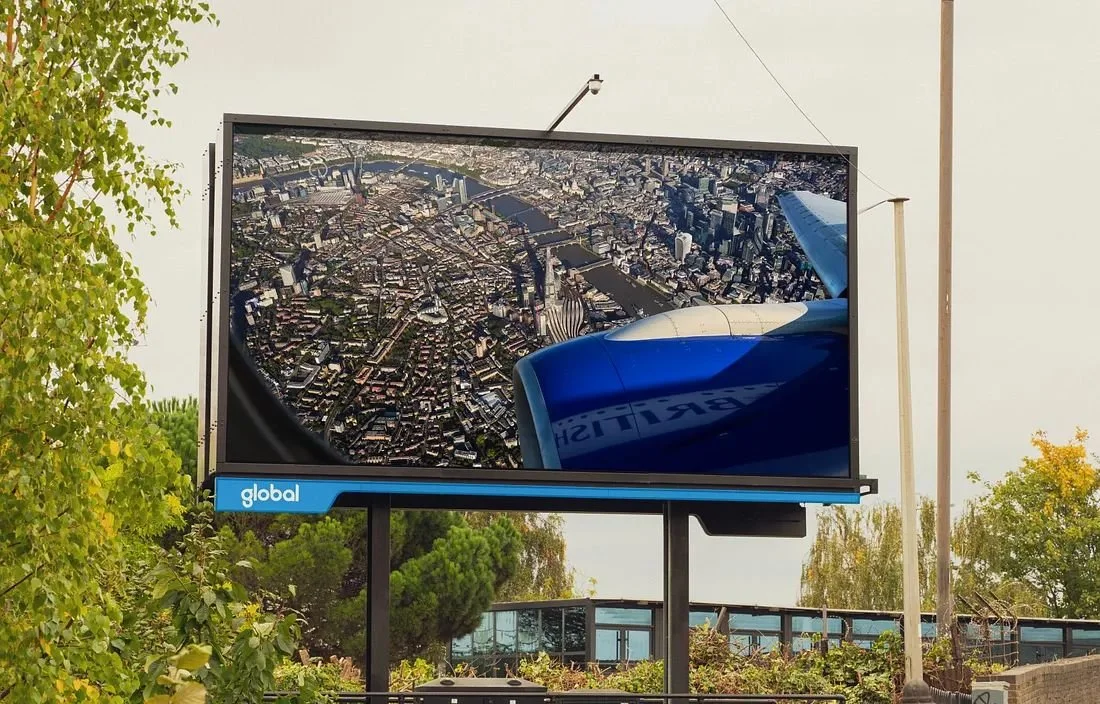There’s an argument that any OOH should be like art. It should be a joy to look at, and something that genuinely enhances our day and public spaces. I fully subscribe to this and think that this campaign for British Airways does exactly that.
What works so well and makes them even more impactful than Windows, the similar BA campaign from Uncommon, is that it’s my point of view. It’s personal. The moment you break through the clouds and see your destination – that’s magic, and it’s exactly what Uncommon have captured.
These are things of beauty, and do exactly what OOH should do: Beautify our public spaces, resonate with people, and spark that thought that maybe you do deserve a holiday this year.
I love them all, but I’m particularly fond of the English countryside shot. As a Brit living abroad, I am extremely familiar with that view, and as soppy as it might sound, it is an absolute joy to see every single time I go back home.
Update! Mark Ritson has written a typically excellent piece on why these ads probably won’t work (sad face). He is, no doubt, right, and they probably should have doubled down on Windows, but I, for one, still think these are better looking.








































